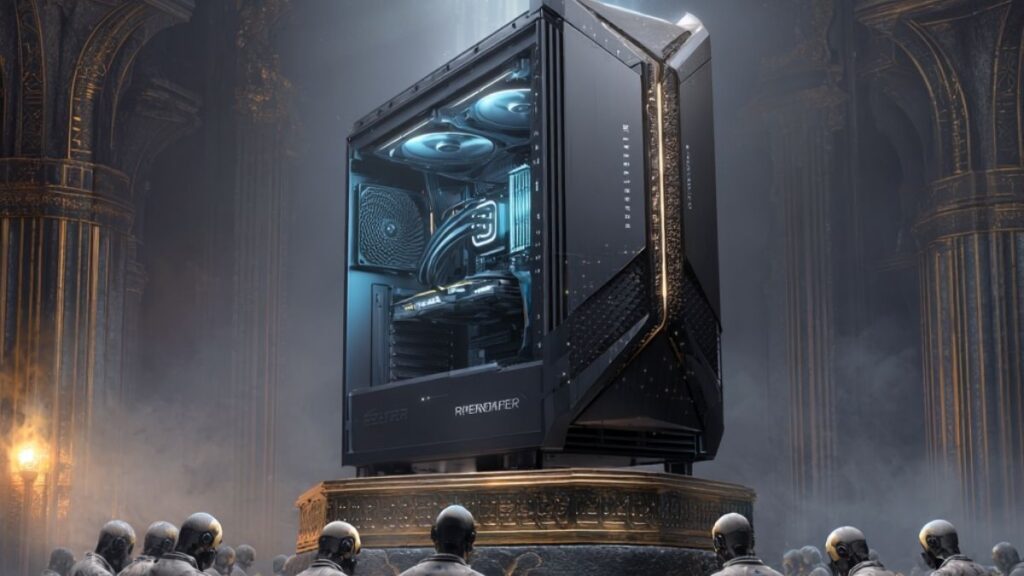The X86 platform was getting rather stale. Yes, more cores, faster clock speeds, and advances in battery life were all interesting once, but after a while, the technology which didn’t embrace the vastly more mobile world we live in just seemed off track. Well, Intel changed that this week with their 11th Generation Intel Core processors, some of which will be branded Evo.
This brand will be used in unique breakout products like the Lenovo Yoga Slim 9i. Evo promises the lightweight and battery life of a typical tablet, but the performance of a full laptop PC by blending the capabilities of their low power Atom platform with the power of their Core lines. It is a hybrid offering that will be enhanced by Intel’s new, more powerful graphics, enhancing what should be a new wave of more innovative designs.
But it is the Evo co-branded products I’d like to drill down on because I think this aspect of the offering is a game-changer.
Evo: Raising the Quality and Tuned Performance Bar on PCs
One of the historical problems with PCs is that they aren’t purpose-built from scratch but from components from a variety of vendors who often don’t get along very well. OEM (original equipment manufacturer) testing has improved over the years, but, particularly with new offerings, they can set a specification and bill Of materials before the final versions of each of these components are thoroughly vetted.
Regardless of the vendor, this can result in everything from intermittent annoying problems resulting from hardware or driver conflicts to catastrophic failures when these conflicts become too pronounced or when the component wasn’t able to perform reliably.
What the Evo brand connotates is that Intel has validated the core components in the product and has assured they will work together. Intel, which builds a lot of the core components in PCs, certainly has a better capability early on to determine problems and compatibilities and can test coming hardware and drivers against a shortened list of third-party products to ensure interoperability.
So, Evo means another, earlier, level of compatibility testing on top of the OEM’s testing that should significantly improve not only the reliability of the product but assure the performance the buyer thinks they are getting is there.
You see, it isn’t just problems that result from a system slammed together from parts—inefficiencies can result as well unless the components are well matched. Much like building a race car, if you don’t performance match the components in a PC, you’ll end up with parts that you paid for, that are operating either at too much load or too little The “too much” goes back to a reliability problem. But the too little means you paid for a level of performance you’ll never see. Intel is doing over 200 additional tests on these branded solutions, which better assure your experience.
For instance, one thing they found was that battery packs with similar specs performed very differently in different configurations and when taken against different component choices resulting in sub-optimal system performance. This testing was able to match the battery pack type to the OEM configuration to make sure the user got the battery performance they expected.
Evo also applies only to systems that have higher levels of graphics performance, suggesting that this brand is more than a little like Mercedes AMG brand, which implies both enhanced performance and an enhanced experience. Top-performing machines, like those specifically built for things like gaming or supercomputing efforts, will likely not be branded Evo. This outcome is because they are often custom and relatively low volume, so don’t lend themselves to an effort like this, but for volume levels of performance, Evo appears to have a high user benefit.
Wrapping Up: Changing the PC Landscape
Part of the problem with the PC market has been a lack of focus on building things and marketing them that is exciting. The COVID-19 pandemic has driven unexpected volume into this segment as people shifted to working from home. Still, it also created a future problem that, if folks aren’t excited about buying something new, the market could go into a deep decline until users again need to refresh their hardware. If something isn’t done, we could see a steep cyclical decline that many vendors may not survive because the cycle duration could be as much as 5-8 years.
It is efforts like this Evo quality and performance brand that will drive in more system enhancements that users will want in the future. This change will reduce the PC cycle time and potentially increase not only OEM revenue but user satisfaction because, often, the cause for dissatisfaction is tied to the aging PCs those users have on their desktop.
It is going to be fascinating to see how this plays in the market and how Intel’s competitors respond. Intel has the breadth to do this; few others do, so, if successful, it could provide Intel with a sustainable advantage. We’ll see.
- Checkmate? Lenovo’s ‘AI in a Box’ Is a Brilliant Ambush on Dell - October 15, 2025
- The Ambient Brain: Why Amazon’s Alexa+ Is the AI We’ve Been Waiting For - October 4, 2025
- AMD’s Enterprise Haymaker: How the Cohere Deal Changes the AI Fight - September 26, 2025



